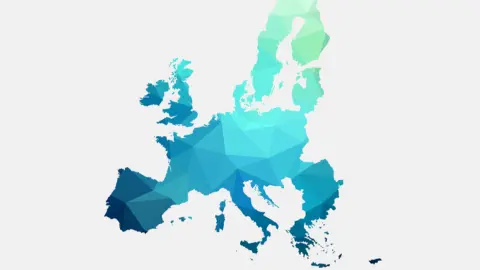Asia week ahead: More central bank stimulus from India and Singapore
Plenty of data out next week to mull over the economic fallout from Covid-19, but central banks in India and Singapore take centre stage with rate cuts and anything else they can do to soften the impact
First full-month of Covid-19 affected data
Until late February, Covid-19 was mainly a China issue but has since become a global pandemic. However, the situation has somewhat improved in China, as authorities have only reported one new locally transmitted case in China.
We expect this to be reflected in forthcoming data, especially as March will be the first full month of Covid-19-affected data which underscores the severity of the economic fallout of the disease elsewhere in Asia.
The key figure to watch here is the purchasing managers index (PMIs). Indeed, the consensus is showing some bounce back in China's manufacturing PMI, though not in growth territory just yet. We may see PMIs from other countries going in the opposite direction. Korea’s trade figures for March will be an interesting read given the surprisingly positive export growth in the first 20 days of the month despite the virus dampening spirits in most trading partner countries as well as significant supply chain disruptions domestically.
India’s central bank set to go big
The three-week lockdown and the resulting economic breakdown means all eyes are on the Reserve Bank of India’s policy meeting next week, 3 April, if it still goes ahead.
We anticipate, this unprecedented crisis will most certainly dent GDP growth massively over the coming quarters, pushing it into the negative territory. Indeed, this demands an unprecedented policy response. The finance ministry is preparing the fiscal stimulus and we should expect the announcement in coming days, though it will be slow to trickle down while gloom everywhere is likely to blunt the impact.
Our base case is a 50basis point rate cut from India's central bank, but we won't be surprised if it cuts more
This suggests that the RBI is under pressure to do more than the usual 25 basis point policy rate cut. Our base case is a 50bp cut, but we won’t be taken aback if it cuts more. The lockdown will be associated with a significant drying up of the financial system liquidity in coming weeks. However, the RBI has been pumping cash into the system through repo auctions and will be prepared to do more to support any surge in liquidity demand post-lockdown.
Singapore’s central bank not far behind
The Monetary Authority of Singapore has advanced its policy announcement to 30 March, from the usual mid-April schedule. The re-scheduling itself reflects the urgency of policy response as the economy reels under a recession risk from the slump in trade and tourism as a result of the virus.
Although the MAS has yet to verbalise its easing stance, the accelerated depreciation of the Singapore dollar Nominal Effective Exchange Rate (S$-NEER) suggests that the central bank has been accommodating easing within the existing S$-NEER policy band. This is further reflected by a near-halving of interbank rates this month.
We expect the central bank to pronounce the easing stance by re-centring the policy band at a lower level, with a zero rate of appreciation.
This publication has been prepared by ING solely for information purposes irrespective of a particular user's means, financial situation or investment objectives. The information does not constitute investment recommendation, and nor is it investment, legal or tax advice or an offer or solicitation to purchase or sell any financial instrument. Read more
Download
Download article
26 March 2020
Our view on this week’s key events This bundle contains 3 Articles